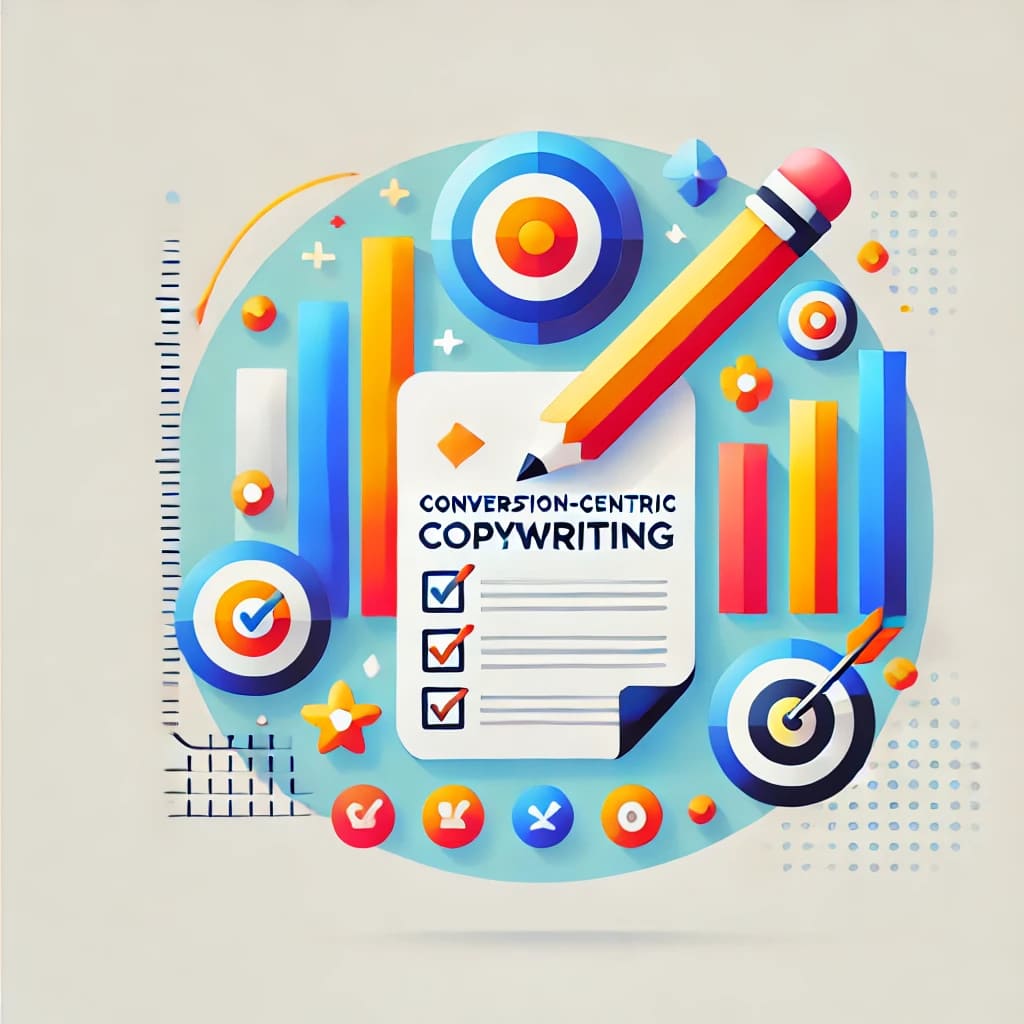Introduction
The digital era has ushered in a wealth of opportunities to measure the effectiveness of your copywriting efforts. Beyond the art of persuasive language and compelling storytelling, optimizing copy is now a data-driven discipline. This article will dive into how data analysis and continuous improvement can help you craft copy that not only reads well but also performs well, contributing to the bottom line of your business.
Understanding Data-Driven Copy Optimization
- Key Performance Indicators (KPIs): Before diving into optimization, it’s critical to know what success looks like. Identify KPIs such as click-through rates, conversion rates, or time spent on page to measure the effectiveness of your copy.
- Data Sources: Utilize multiple data sources like Google Analytics, heatmaps, and user surveys to gather a comprehensive view of how your copy is performing. This will help you see the bigger picture, rather than making assumptions based on limited data.
- Data Interpretation: Learning to interpret this data effectively will provide valuable insights into user behavior. For instance, high bounce rates could indicate that your headline isn’t engaging enough, or that your copy is not meeting user expectations.
Testing and Experimentation
- A/B Testing: This is the bread and butter of copy optimization. Create two versions of your copy with one key difference and then measure which one performs better in terms of your chosen KPIs.
- Multivariate Testing: If you’re looking to optimize multiple variables at once, multivariate testing allows you to see how different combinations perform. However, this requires a significantly larger sample size than A/B testing.
- Continuous Testing: The digital landscape is ever-changing. Consumer preferences, search algorithms, and competitive landscapes shift. Continuous testing allows you to stay ahead of the curve and keep your copy optimized.
Iterative Copy Refinement
- Analyze Results: After each testing cycle, meticulously go through the data to understand what worked and what didn’t.
- Make Data-Driven Decisions: Use your analysis to make informed changes. If one headline vastly outperformed another in an A/B test, you have strong evidence to make a permanent change.
- Re-Test and Refine: After implementing changes, don’t assume you’re done. Re-test the new copy against another variable and continue the optimization cycle.
- Scale Success: Once you’ve discovered a successful optimization on a small scale, consider applying the same principle across different pages or platforms. However, be mindful that what works in one context may not necessarily work in another, so always test before fully committing to a new copy.
Conclusion
Copy optimization is no longer a ‘set it and forget it’ endeavor. Through constant testing, data analysis, and iterative refinement, businesses can consistently improve the effectiveness of their copy. This not only helps in maximizing ROI but also offers a deeper understanding of consumer behavior and preferences. By embracing a data-driven approach, you’re not just making your copy better; you’re making your entire marketing effort more effective.



